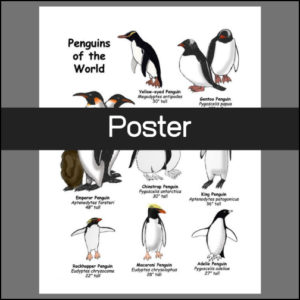Showing 21–40 of 44 resultsSorted by latest
-
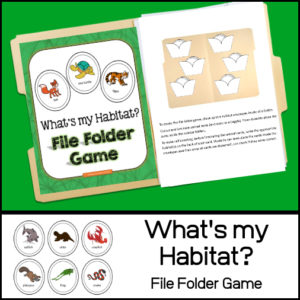 $4.00Buy Now
$4.00Buy NowStudents love learning through interactive, hands-on games! This Science resource will help your students learn to identify and classify animals based on the habitat in which they live! Includes 8 habitats and 72 animal cards.
-
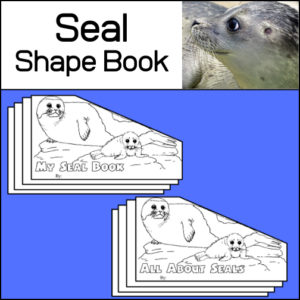 $1.50Buy Now
$1.50Buy NowSeals are found along most coasts and cold waters, but a majority of them live in the Arctic and Antarctic waters. Harbor, ringed, ribbon, spotted and bearded seals, as well as northern fur seals and Steller sea lions live in the Arctic region. Whether you are studying these wonderful animals or just want to add a quick side lesson, here is a Seal Shape Book that students can use to self-publish their created stories, reports and poems! Templates have differing line heights to accommodate a variety of grade levels.
-
 $3.00Buy Now
$3.00Buy NowThis 1st – 2nd Grade cross-curricular resource (Science, Language Arts, Art) is all about beavers and includes a READER and corresponding STUDENT ACTIVITIES! Students will learn about the beaver’s habitat, diet and how their own bodies help them survive! The reader is provided in both color and b/w.
-
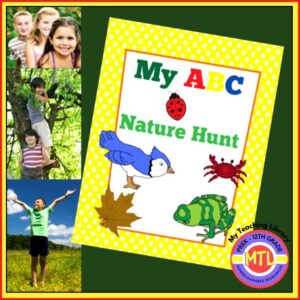 $5.00Buy Now
$5.00Buy NowA fun, interactive nature scavenger hunt that can be used by an individual student, a classroom or family.
⭐ Take this resource and go outside and explore! See how many things that can be found that begin with each letter of the alphabet. You can choose to do one letter at a time, several letters or the entire 26-letters. The choice is up to you!
As items are ‘discovered’ on your outdoors adventure, there is plenty of room for students to draw pictures of those items. Some letters, like the letter “Z”, may be trickier than others. This is when YOU can change it up a bit and tell students they can find things shaped like the letter “Z”. How fun!
Use at a park, a zoo, a botanical garden, on a riverwalk, at a pond or even in a backyard!
⭐This resource is designed to get students excited about exploring and recording what they find.
-
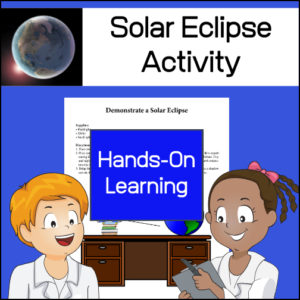 $1.50Buy Now
$1.50Buy NowHands on learning! A solar eclipse activity designed to help students visualize a solar eclipse through using common objects to actually demonstrate one.
-
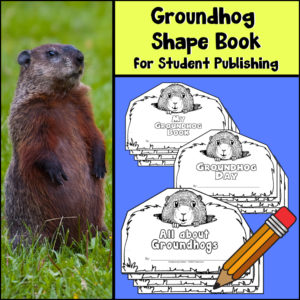 $3.00Buy NowStudents will love creating their own book about Groundhogs also known as the woodchuck. Use for Groundhog Day or anytime. This resource is sure to spark creativity! Add this to your lesson plans around Groundhog Day (in February), alongside a Science lesson on burrowing animals or anytime! This resource will have students engaged in writing and publishing.
$3.00Buy NowStudents will love creating their own book about Groundhogs also known as the woodchuck. Use for Groundhog Day or anytime. This resource is sure to spark creativity! Add this to your lesson plans around Groundhog Day (in February), alongside a Science lesson on burrowing animals or anytime! This resource will have students engaged in writing and publishing. -
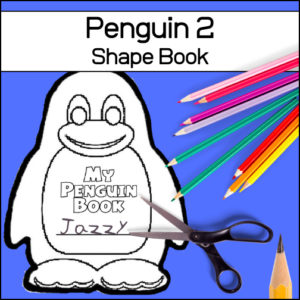 $1.50Buy Now
$1.50Buy NowStudying penguins or perhaps animals of the arctic? This cute shape book is ready for students to use to publish there own stories, reports or poems about penguins!
In this specific resource, single lined pages are used.
-
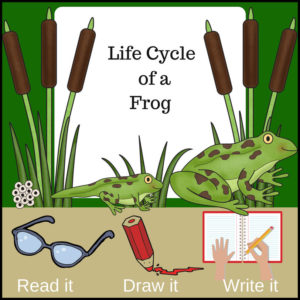 $2.00Buy Now
$2.00Buy NowThis cross-curricular (Science / Literacy – Writing ) product will have students creating their very own mini-books detailing the life cycle of a frog!
Knowledge students will learn:
The book will begin with the female frog laying her eggs near or in water. Students will then learn about the tadpole, what it looks like and what it eats and how it grows and turns into a froglet. They will learn how the froglet has developed the ability to breathe and live on land and then turns into a frog. Does a frog eat different things than a tadpole? Students will find out! At the end of the unit, there is also a coloring page of the different stages from egg to frog.
Students will: — read the text — draw a picture — write (copy) the written text
-
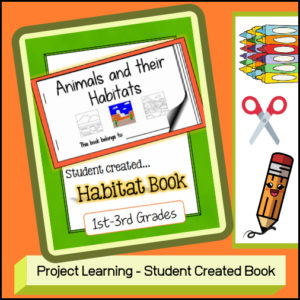 $2.50Buy Now
$2.50Buy NowHands-on learning! Students will create their own mini-book while learning about 8 different habitats, animals that live in those habitats and what animals need to survive in their habitats!
-
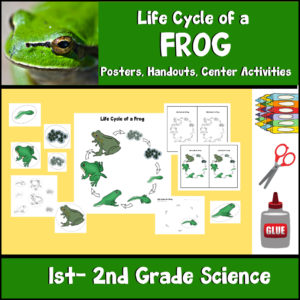 $2.50Buy Now
$2.50Buy NowThis 1st / 2nd Grade Science resource provides posters, handouts and center activities to help students learn about the life cycle of a frog! Seven stages are shown and pages come in color and b/w.
Easy to use and differentiated (Based on student ability – Easiest: Color the life cycle / Medium: Color, cut and paste the life cycle / Hardest: Draw the life cycle)
-
 $6.00Buy Now
$6.00Buy NowLet’s Learn about Plants is a Science resource that can be used in conjunction with your own curriculum or as a separate – individual unit! Students will be actively learning as the cut, color, paste, write and learn! They will learn about the parts of a plant and the life cycle!
Plant vocabulary: seed, sprout, seedling, plant, roots, stem, leaf, soil, sunlight, water, air, flower, bud, trunk, branch, crown.
-
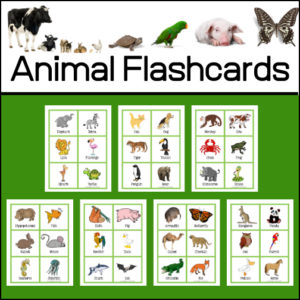 $2.50Buy Now
$2.50Buy Now42 colorful animal flashcards
Suggested uses:
- – to learn animal names
- – to learn classification (ex: sort by habitat, number of legs, mode of transport such as flying, running or swimming, etc)
-
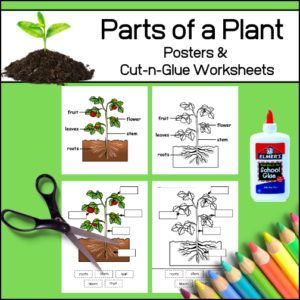 $1.75Buy Now
$1.75Buy NowThis resource includes two labeled posters (1 color – 1 b/w) and two cut-n-paste worksheets. It has been designed for younger students with only five parts of the plant listed: roots, leaves, stem, flower and fruit.
-
 $2.50Buy Now
$2.50Buy NowHelp students learn to identify and classify animals by their habitat in which they live. This will be a fun Science activity for students as they sort animal cards among 4 habitats: Tundra, Desert, Ocean and Rain Forest. Great for a Science Center as well as using for a cooperative group activity!
Includes: 27 animal cards / 4 habitat scene cards
-
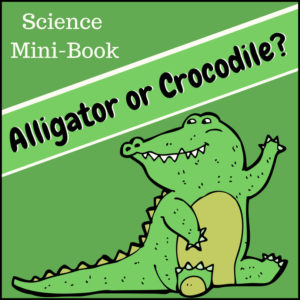 $1.50Buy Now
$1.50Buy NowHelp students learn the differences (and similarities) between an alligator and a crocodile with this resource and have a cute 18 page mini-book to create and color!
-
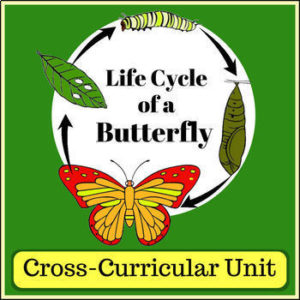 $4.00Buy Now
$4.00Buy NowButterfly Life Cycle Unit is a 49 page cross-curricular unit offering Language Arts, Science, Math and Art activities! By the end of your study, students will know all about the life cycle of the butterfly.
What is included? Puzzles, posters, worksheets (for tracing, matching, coloring, and completing the life cycle), coloring pages, songs, life cycle mini-book (for students to complete) and even a craft project.
-
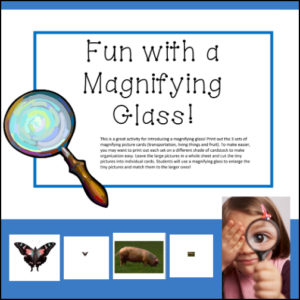 $2.00Buy Now
$2.00Buy NowThis resource makes a fun, science center for early learners who are just learning to use a magnifying glass!
Students will match cards (one with a large picture and one with a very small picture) using a magnifying glass. There are three sets of picture cards (12 matches in each set). Set categories: transportation, living things, fruit.
-
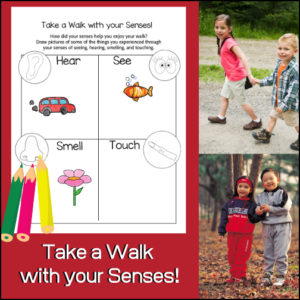 $1.00Buy Now
$1.00Buy NowThis worksheet has been designed for students to complete after taking a walk! While they walk, remind them of their senses (specifically hearing, seeing, smelling and touching). Once the walk is over, students will complete this worksheet by drawing pictures of what they experienced through those four senses.
-
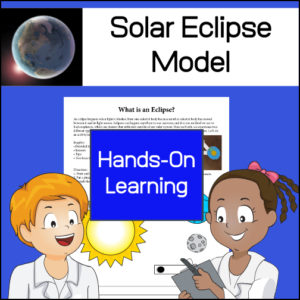 $1.50Buy Now
$1.50Buy NowHands-on learning! This solar eclipse activity has been designed to help students visualize a solar eclipse by creating a simple paper model of one.


